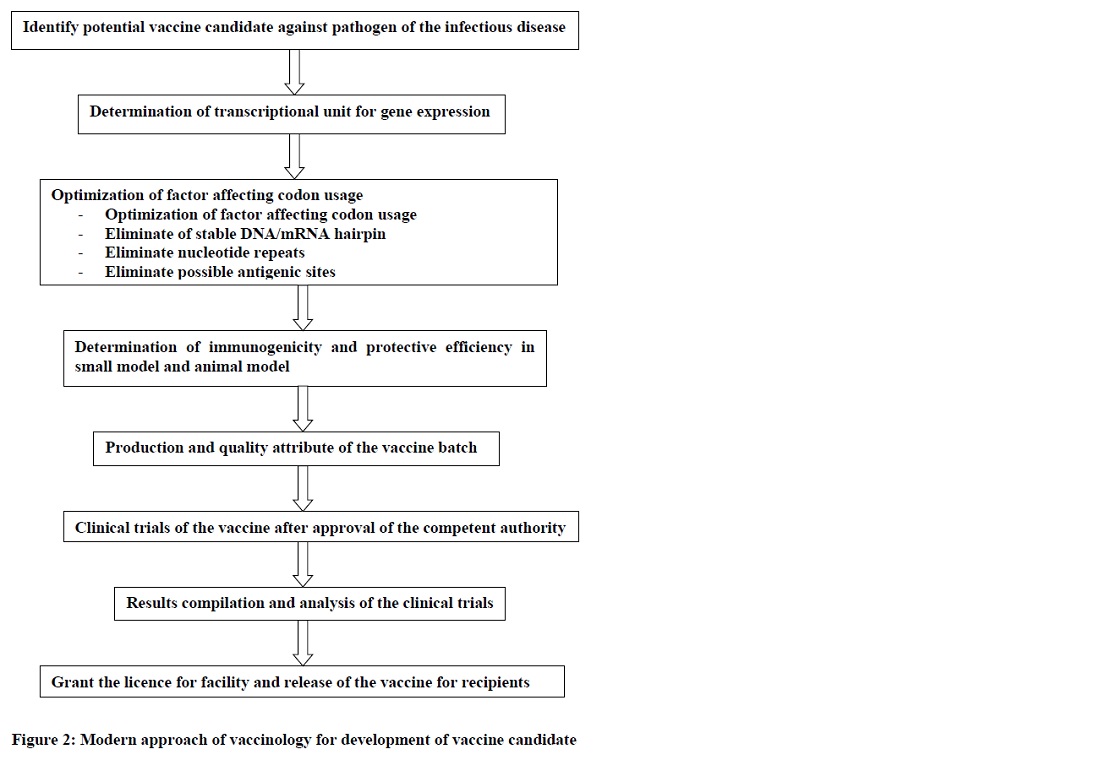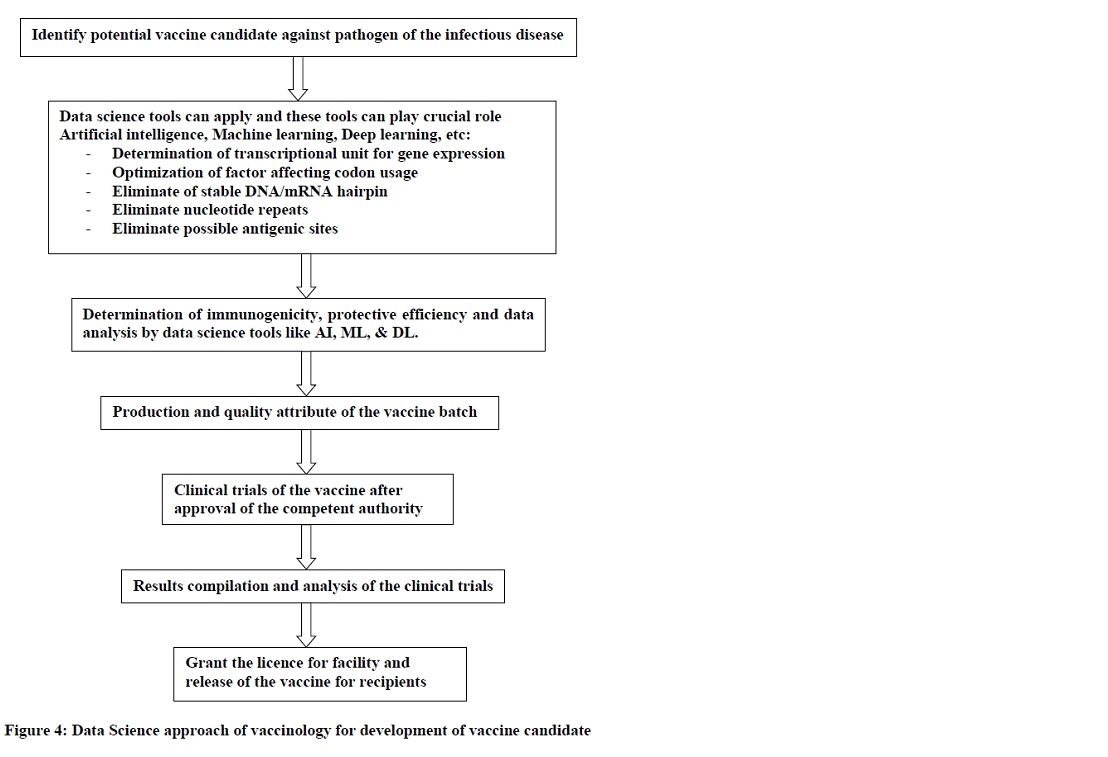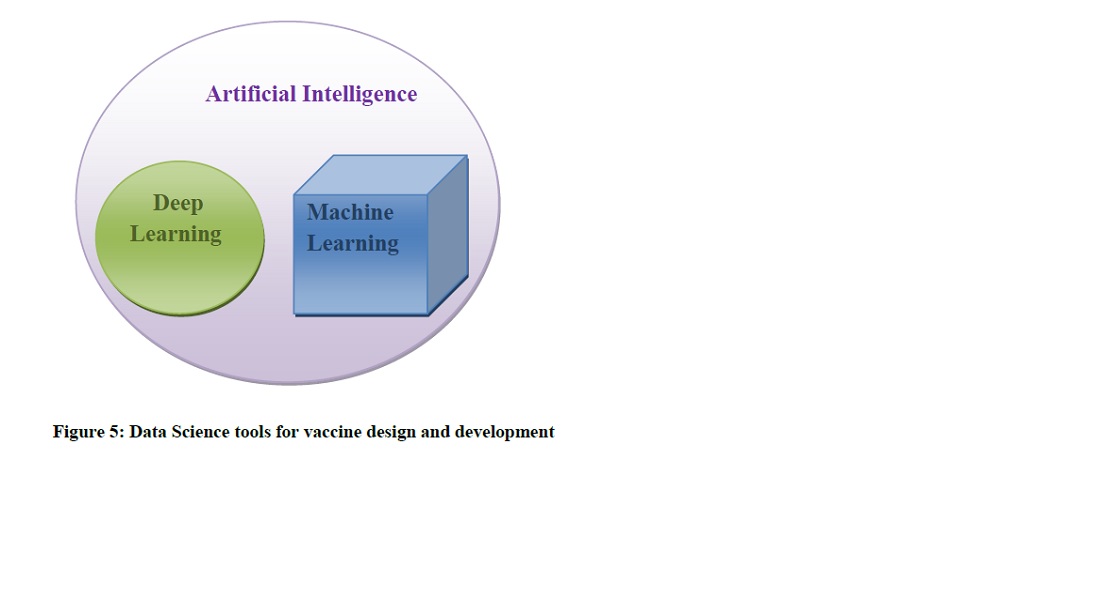This article was published as a part of the Data Science Blogathon.
Introduction
Biopharmaceutical Industries are the fastest growing industries after considering the basic need for the healthy life of humans and animals. Based on the available literature, the author has identified six major thrust areas of the Biopharmaceutical industry, which has summarized in the given below in table 1.
Table 1: Major thrust areas of the Biopharmaceutical industry
| S. No. | The thrust area of the Biopharmaceutical Industry |
| 1 | Designing and Development of new & novel candidates for vaccines |
| 2 | Designing and Development of new & novel molecules of drugs |
| 3 | Improvement in processing steps for vaccine production |
| 4 | Monitoring of vaccine safety data |
| 5 | Clinical trials of drugs and vaccines |
| 6 | Supply chain management of drugs and vaccines |
Based on the available literature on the thrust area at serial number 1, designing of vaccine is a crucial part of vaccine development in the Biopharmaceutical industry and is also helpful in preventing infectious diseases of animals and humans. Designing and developing vaccines for humans and animals is a complicated, scientific skill & time demanding process; however, advances in bioinformatics will probably make vaccine design easy. We can divide the process into three steps to make it easy and well understandable. It is summarized below in table 2.
Table 2: Designing and development of the vaccines process in the Biopharmaceutical industry
| S. No. | Process step | Process Designation |
| 1 | Step I | Vaccine Designing |
| 2 | Step II | Vaccine Development |
| 3 | Step III | Vaccine Evaluation |
The designing and development of vaccines can be divided into three broad categories as described below:
1. The traditional approach
In the traditional approach, vaccine design is expensive, time-consuming, and not applicable to antigenically diverse pathogens. It is because of their genetic or antigenic diversity of pathogens, insufficient information about the interaction between pathogen and host, absence of a permissive cell line, and lack of successful animal models. Due to this approach, the vaccines have affected and have a few drawbacks in vaccine development for severe diseases, such as smallpox, HIV-AIDS, and tuberculosis (TB). On the other hand, vaccines developed by the traditional approach for smallpox, polio, and diphtheria have several drawbacks with many issues. The detailed flow diagram of vaccine development is created and presented here in figure 1. It shows the steps involved in identifying the potential vaccine candidates through the traditional approach to vaccinology.

2. The modern approach
Modern technology has come into action for vaccine designing and development because of the conventional technology limitations, including recombinant DNA technology, rational vaccinology, structural biology, conjugate vaccines, next-generation technology, and epitope-based vaccine design. Vaccines designed and developed are safe, effective, and inexpensive after introducing recombinant DNA technology if compared to other traditional vaccines. The detail of this approach is presented here in the flow diagram of figure 2. It shows the steps involved in identifying the potential vaccine candidate after applying this approach for vaccinology, such as recombinant DNA technology.

3. The Data Science tool-based approach
Due to limitations with traditional and modern technologies, data science approaches have come into existence with the available Data science tools; Artificial intelligence, Machine learning, Deep learning, etc. With the help of Data Science tools, developed vaccines could be designed and analyzed for better safety and efficacious issues without developing new animal models without harming the animals. We can also save money and work duration; compared to traditional and modern approaches for designing and developing vaccines, which will consume more time and money in the experimental work of the study and will also apply to the bulk production of vaccines. Apart from this, it is crucial to develop novel vaccines with the help of data science tools {Artificial Intelligence (AI), Machine Learning (ML), and Deep Learning (DL)} against emerging, re-emerging, and rare bacterial, viral, protozoan and fungal diseases as described in figure 3. The detail of this approach is presented here in the flow diagram of figure 4. It shows the steps involved in identifying the potential vaccine candidates through the data Science approach with the relevant tools for vaccinology.


Data Scientist and Data Science Tools in Vaccine Design and Development
Data scientists are acquainted with statistical and computational competencies, paired with domain knowledge to analyze and interpret raw data; and assist in decision-making. Data science is an interdisciplinary field in the current scenario. This field has a broad range of applications in the academic (Medical, Biomedical, Physics, Chemistry, & Biology) and industries (Biotechnology, Clinical, and Biopharmaceuticals). The continuous growth in data science concerning the generation of big data sets and advanced algorithms has increased the demand for data science tools (such as artificial intelligence, machine learning, deep learning, etc.). Data scientists and data science tools can play a crucial and tremendous role in designing and developing a vaccine against emerging, re-emerging, and rare disease-causing pathogens such as bacteria, viruses, protozoa, and fungi.
In biopharmaceutical industries, vaccine design and development research is a demanding and continuous process through traditional and modern approaches against existing and new pathogens. Data science and its tools {Artificial Intelligence (AI), Machine Learning (ML), and Deep Learning (DL)} are growing fast with result-oriented output in designing and developing vaccines. Artificial intelligence is an excellent data science tool because it is a simulation of human intelligence in machines and is programmed to analyze and process data in a human-like manner. Artificial intelligence can categorize into different subsets like machine learning and deep learning (Figure 5). The illustration shows that ML and DL are used as data science tools and play a key role in simulating human-like learning behaviors in machines, known broadly as artificial intelligence (AI). Machine learning is a subfield of AI in which computer algorithms process and learns from inputs to improve the accuracy of future predictions. Deep learning consists of multiple layers of artificial neural networks and collections of connected nodes that can progressively learn and improves their predictions independent of human intervention.

Vaccine design and development by traditional and modern approaches can take many years, which is too slow when responding to a rapidly spreading pandemic. Scientists applied AI as an opportunity to reduce the time to develop vaccines to better keep up with the pace at which the target pathogen may be mutating. In brief, the examples were selected and summarized in table 3.
Table 3: Example of AI contribution in the vaccinology
| Example Number | The Contribution to vaccines |
| 01 | In 2016, a general-purpose machine learning framework, DAMIP, for discovering gene signatures that predict vaccine efficacy. DAMIP is a multiple-group, concurrent classifier that offers unique features not present in other models: a nonlinear data transformation to manage the curse of dimensionality and noise, a reserved judgment region that handles fuzzy entities, and constraints on the allowed percentage of misclassifications. DAMIP could, within a week of vaccination, predict a vaccine’s ability to elicit an immune response in any subject with an accuracy of greater than 90%. |
| 02 | In 2019, MARIA (major histocompatibility complex analysis with recurrent integrated architecture), a multimodal recurrent neural network for predicting the likelihood of antigen presentation from a gene of interest in specific HLA class II alleles. In addition to in vitro binding measurements, MARIA is trained on peptide HLA ligand sequences identified by mass spectrometry, expression levels of antigen genes, and protease cleavage signatures. Because it leverages these diverse training data and an improved machine learning framework, MARIA outperformed existing methods on validation datasets. Across independent cancer neoantigen studies, peptides with high MARIA scores were more likely to elicit strong CD4+ T cell responses. MARIA thereby allowed the identification of immunogenic epitopes in diverse cancers and autoimmune diseases. |
| 03 | In 2019, a clinical trial [NCT03945825] was commenced in the USA of a seasonal influenza vaccine whose adjuvant was identified by AI. To the best of our knowledge, this represents the first AI-developed vaccine or drug to enter human clinical trials, a landmark event. In developing this vaccine, a combination of in silico AI programs was used to predict an oligonucleotide sequence that could act as a potent agonist of the human Toll-like receptor (TLR-9) in the vaccine formulation. TLR9 plays an important role in activating the innate immune system resulting in the induction of type I Interferon expression and other cytokines that enhance adaptive immune responses. |
| 04 | In 2020, a feed-forward deep neural network to a large amount of linear B cell epitope data in the IEDB database and constructed ensemble prediction models with better performance than the currently available models. |
| 05 | In 2020, Dimitrov et al. applied supervised machine learning methods on 317 known and 317 bacterial non-immunogens and derived models for immunogenicity prediction. The models were validated by internal cross-validation in 10 groups from the training and external test sets. |
Conclusion
Vaccine development can be considered one of the significant factors for global public health. Based on the need for problem-solving & knowledge gaps, Biopharmaceutical and Data Science industries are growing and the most demanding industries in the current scenario. Therefore the article will provide a new horizon after tagging the thrush areas of biopharmaceuticals and also encourage scientists; who are actively engaged in the vaccine and data science industries. There is a need for a dynamic team with a combination of scientists and experts from both fields who have hands-on knowledge and experience in the vaccine field and data science tools. The author concludes the following points at the end of this article:
1. Data scientists are acquainted with data science tools. It can help to accelerate the process of vaccine design and development. The author assumes that this approach may apply as a tremendous approach to save the duration and money significantly for designing and developing new vaccine candidates.
2. Author has also encouraged scientists to contribute to the newly developed field with the combination of vaccinology and data science towards resolving public health issues at the global level.
The author is always welcome to readers for discussing the article content on my email: [email protected]
The media shown in this article is not owned by Analytics Vidhya and is used at the Author’s discretion.




